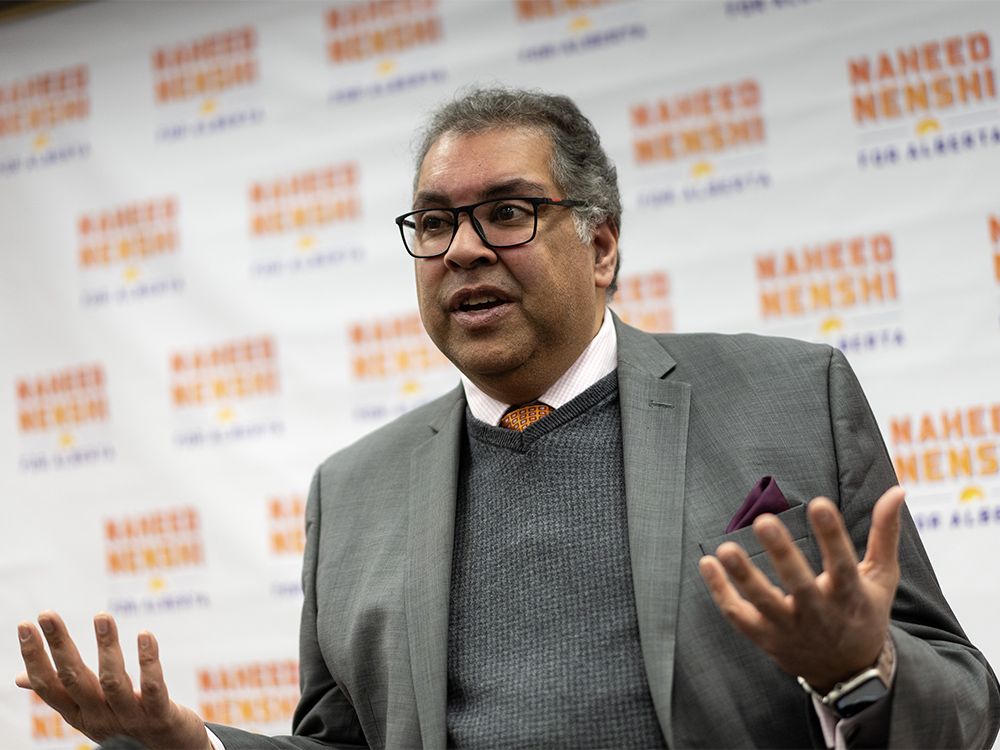LostinSpace
New Member
The problem is that then necessitates the red line tunnel/capacity improvements decades earlier, which is likely in the $2-3 billion range now, as you identify.
There is no world where the red line tunnel does not suffer from the same contractibility problem as the green line tunnel.
I would argue the scope of work with the 8th Ave Subway is just underground work vs the whole starter phase of Green Line.
That the overall project risk would be lower with 8th Ave Subway so it would be cheaper per Km than the Green Beltline/DT Tunnel.
Doesn’t include the various station rough in’s that were planned and built on 8th which would further lower costs.
Red Line Tunnel would see 4x more users go through it than the Green Line Tunnel would opening day.
This would only be matched once we drop another $8 billion to extend Green Line fully.

